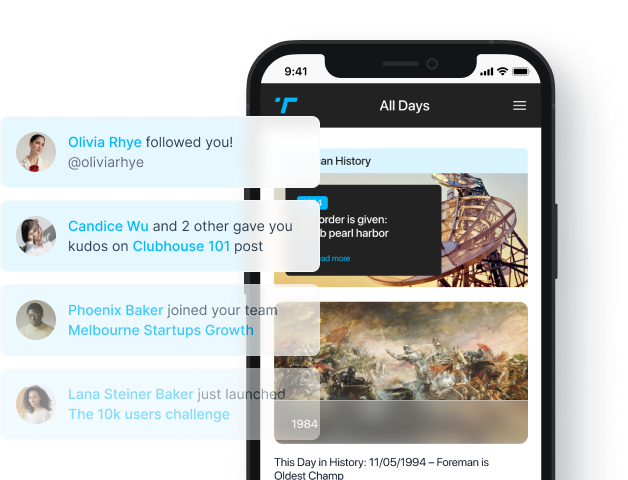Flashback to July 11
World History

On August 24, 1989, a momentous event occurred in the realm of space exploration: Voyager 2 successfully completed its flyby of Neptune, an achievement that forever changed our understanding of the outer edges of our solar system. This unprecedented journey was an engineering feat, a testament to human curiosity, and a source of inspiration for future exploration.
Voyager 2, NASA’s flagship example of pioneering spirit in the space arena, was launched in 1977 with its twin, Voyager 1. Their mission? To explore the furthest edges of our solar system. No human-made object had ever ventured as far. With the remarkably successful passage of Neptune, Voyager 2 further cemented its legacy as a beacon in the field of space exploration.
Neptune, the eighth planet in our solar system, has always been a fascinating object of study. Its deep blue hue, savage winds, and harsh cold conditions make it an intriguing, if not somewhat eerie, celestial body. While the information attained from telescopes and mathematical models was vast, the facts gathered from a first-hand exploration far exceeded these inherently limited methods. Consequently, the value brought by Voyager 2’s encounter with Neptune in 1989 cannot be overstated.
After a twelve-year journey across four billion miles, Voyager 2 arrived at Neptune band to put up a spectacular show. Its arrival gave scientists on Earth their closest-ever look at Neptune and its moon Triton, offering a goldmine of data that took years to fully analyze and interpret. Voyager 2 used onboard cameras and instruments to snap images of the planet’s dramatic swirling clouds, monstrous storms larger than earth, and a mysteriously dark, fast-moving spot on Neptune known by scientists as “The Great Dark Spot.”
More than just images, Voyager 2 radio-science observatory helped scientists learn more about Neptune’s atmosphere, rings, magnetic field, and its inner structure, providing an invaluable wealth of data about this distant globe. Neptune’s largest moon, Triton, was another focal point of the mission. The icy moon is remarkable in the solar system, with geysers that spew nitrogen gas from beneath its surface into the frigid atmosphere.
The pictures and the wealth of data gathered by Voyager 2 were amazing, but perhaps what’s more fascinating is the fact that the spacecraft is still operational more than forty years after its launch. It continues its journey, providing scientists with critical information and unprecedented views of our solar system, despite the harsh conditions and unimaginable distances.
To enhance your knowledge about this historic event, you can explore a variety of credible online resources. For instance, NASA’s website not only gives you the full archive of Voyager 2’s mission but also updates you on the spacecraft’s current status.
Voyager 2’s close flyby of Neptune in 1989 served as a triumph of human ingenuity and a testament to the spirit of exploration. This monumental event still stands as an inspiration today, prompting us to keep looking up at the stars and wondering what else might be out there. That’s the inherent power of space exploration, education, and discovery—it makes us find more than just stars and planets; it allows us to perceive the grandeur of the universe and our small but significant place within it. Voyager 2’s interaction with Neptune is a reminder that the quest for knowledge and understanding is truly endless; there are always new territories to explore, new insights to gain, and new stories to tell.
We strive for accuracy. If you see something that doesn't look right, click here to contact us!
Sponsored Content

Two bombs explode in…
On 7/11/2010, two bombs…

Charles IV of Luxembourg…
On 7/11/1346, Charles IV…

The space station Skylab…
"The historic event of…

Prussia army moves into…
On 7/11/1792, the Prussia…

Giuseppe Arcimboldo first surrealist…
Giuseppe Arcimboldo, the pioneering…

Chinese archeologists discover a…
Chinese archeologists made a…

